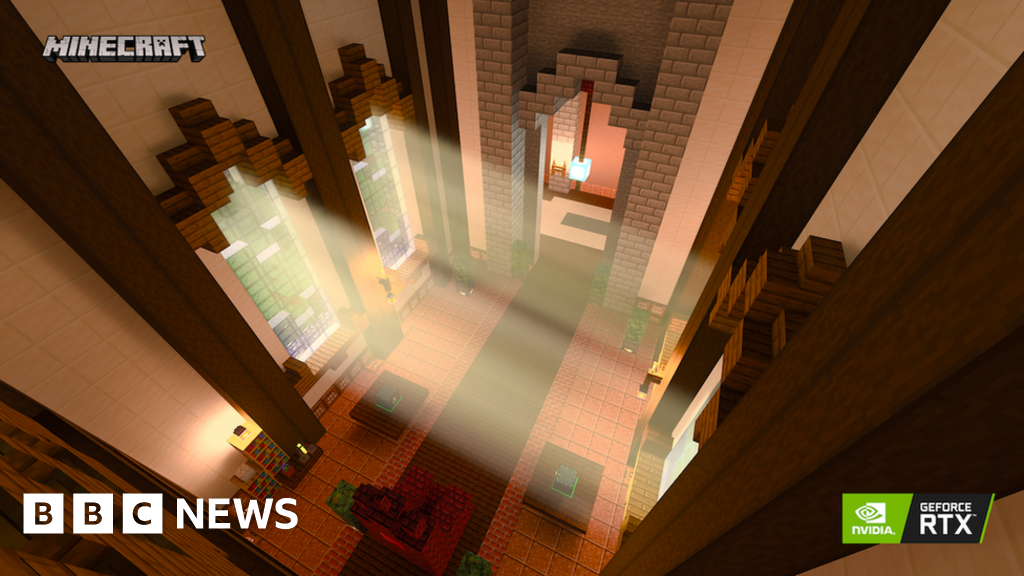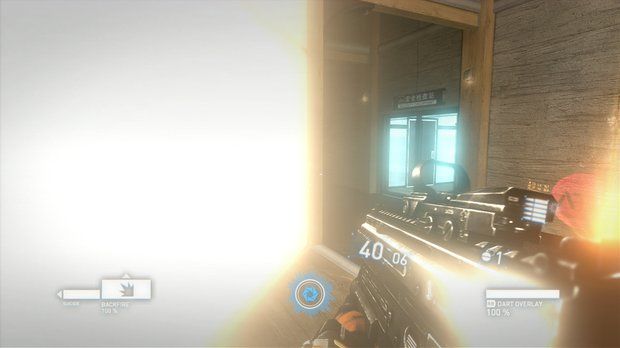Bernkastel
Ask me about my fanboy energy!

Get ready for the 'holy grail' of computer graphics
Ray tracing produces stunning lighting effects but has been too complex for computers, until now.
Ray tracing has always been the "holy grail" of computer graphics, says Jason Ronald, head of program management for the gaming console Xbox. The technique simulates a three-dimensional image by calculating each ray of light and promises stunning lighting effects with realistic reflections and shadows. The method finds where it bounces, collects information about what those objects are, then uses it to lay down a pixel and compose a scene. While the techniques have been around for a long time, "we just haven't had processing power to deliver all of that in real time", Mr Ronald says. In Hollywood, special effects have used ray tracing for a decade. For an important sequence, computers could churn overnight for a single frame. To do this for games in real time, you need to condense that to 1/60th of a second. Processing speed has now caught up to the task.
Programmable shaders started appearing around 2001. They did a much better job at 3D lighting tasks but required much more computational power. "If we put all that into one game, the most amazing processor in the world would've gone just no, it's too much," says Ben Archard, senior rendering programmer at Malta-based 4A Games, developers behind a 2019 post-apocalyptic game called Metro Exodus. There were ways around that. If a programmer wanted to simulate the hazy light coming through fog, instead of working out all the points, they could just calculate a sample of them. (These are called stochastic, statistical, or Monte Carlo approaches.)
With lockdowns around the world due to the coronavirus pandemic, the need for people to feel close while isolated "is going to accelerate" progress in technology, says Rev Lebaredian, vice president for simulation technology at Nvidia, in San Francisco. "With virtual and augmented reality, we're starting to feel like we're in the same place together," he says. So coronavirus will drive demand and progress, agrees Frank Azor, chief gaming solutions architect at AMD.
PCGamers Jarred Walton on the Unreal Engine 5 PS5 demoOne "fiendish problem" for ray tracing has involved how shaders can call on other shaders if two rays interact, says Andrew Goossen, a technical fellow at Microsoft who works on the Xbox Series X. GPUs work on problems like rays in parallel: making parallel processes talk to each other is complex. Working out technical problems for improving ray tracing will be the main tasks "in the next five to seven years of computer graphics, at least," says Mr Ronald.
In the meantime games companies will use other techniques to make games look slicker. Earlier this month Epic Games, the makers of Fortnite, released its latest game architecture, the Unreal Engine 5. It uses a combination of techniques, including a library of objects that can be imported into games as hundreds of millions of polygons, and a hierarchy of details treating large and small objects differently to save on its demands on processor resources. For most game makers such "hacks and tricks" will be good enough, says Mr Walton.
Last edited:




